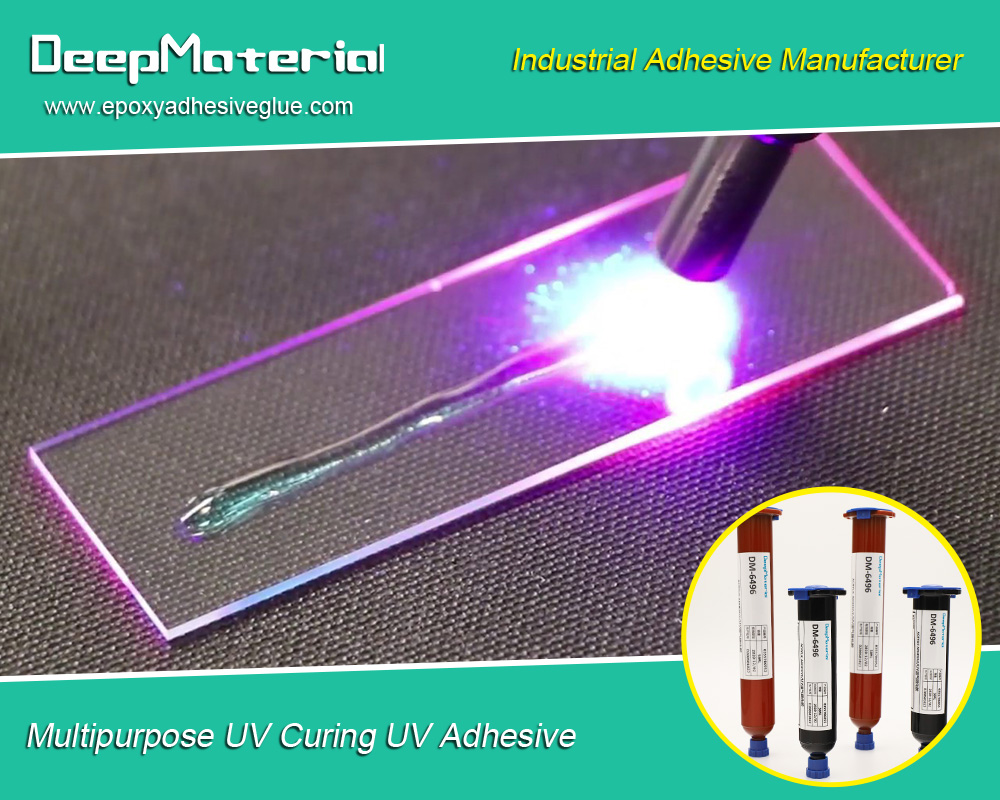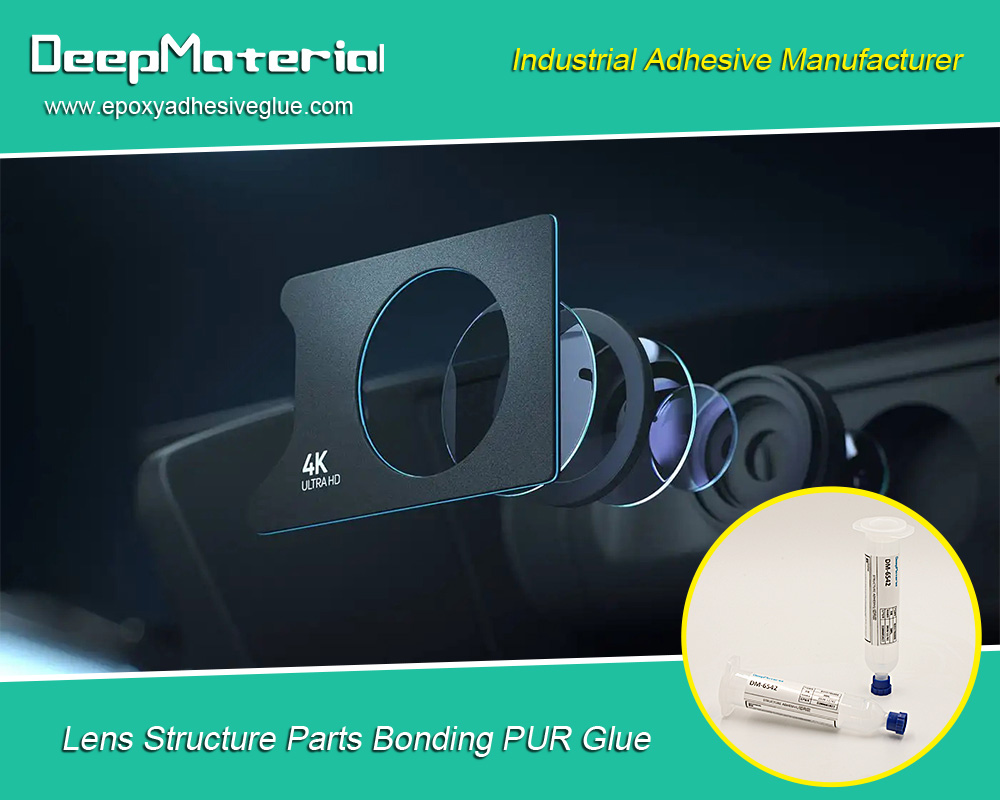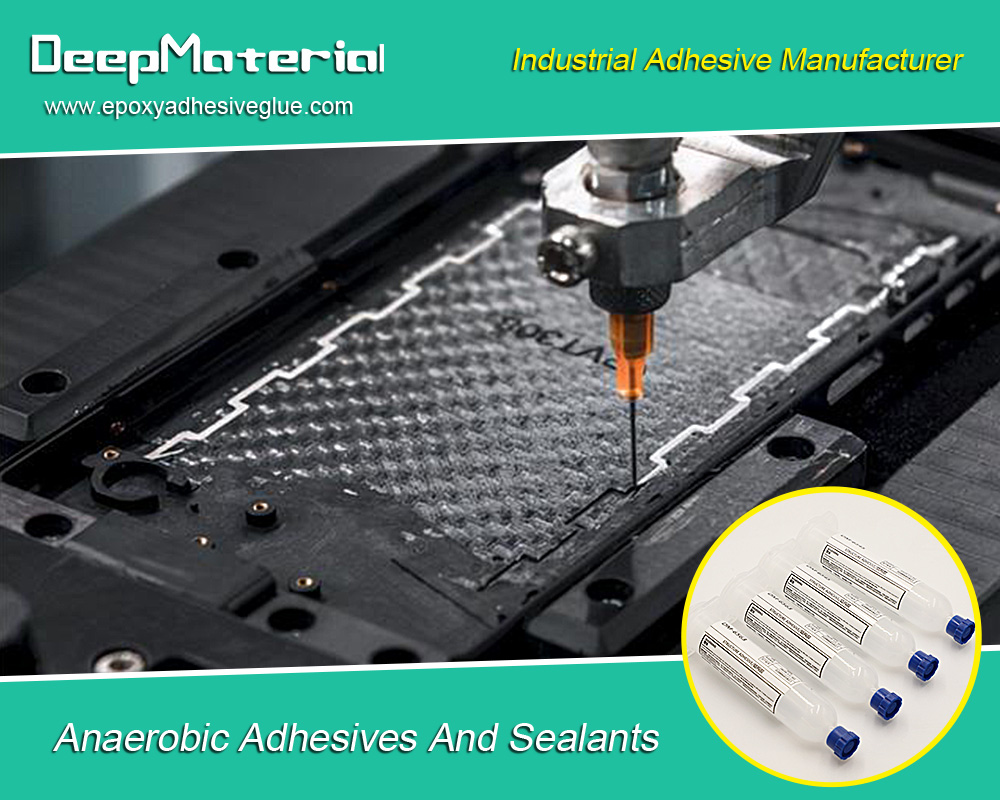Low-Temperature Epoxy Adhesive: A Comprehensive Guide
Low-Temperature Epoxy Adhesive: A Comprehensive Guide
Epoxy adhesives are a staple in bonding materials due to their exceptional strength, durability, and versatility. Among the various types of epoxy adhesives, low-temperature epoxy adhesives stand out for their unique ability to cure effectively at lower temperatures. This makes them ideal for applications where heat-sensitive materials are involved or where the curing process needs to be expedited without the application of high temperatures.
Low-temperature epoxy adhesives are engineered to perform under conditions that would typically impede the curing process of standard epoxy systems. This capability is precious in electronics, automotive, aerospace, and construction industries, where components may be sensitive to heat or the curing process needs to be efficient and reliable, even in more relaxed environments.
Properties and Benefits of Low-Temperature Epoxy Adhesive
Rapid Curing at Lower Temperatures
One of the most significant advantages of low-temperature epoxy adhesives is their ability to cure at temperatures significantly lower than conventional ones. This rapid curing process can occur at temperatures as low as 0°C (32°F) or even below, which is particularly beneficial in cold environments where maintaining higher temperatures for extended periods is impractical or costly.
High Bond Strength and Durability
Despite curing at lower temperatures, low-temperature epoxy adhesives do not compromise bond strength and durability. These adhesives are formulated to provide robust and long-lasting bonds that can withstand mechanical stresses, environmental factors, and thermal cycling. The resulting bonds are often comparable in strength to those formed by standard epoxy adhesives cured at higher temperatures.
Versatility in Material Compatibility
Low-temperature epoxy adhesives exhibit excellent adhesion to a wide range of substrates, including metals, plastics, ceramics, and composites. This versatility makes them suitable for various applications, from bonding electronic components to structural assembly in the automotive and aerospace industries. The ability to bond dissimilar materials effectively is a key feature that enhances their utility in complex manufacturing processes.
Reduced Thermal Stress
Traditional high-temperature curing processes can induce thermal stress in the bonded materials, potentially leading to warping, cracking, or other forms of damage. Low-temperature epoxy adhesives minimize this risk by curing at lower temperatures, thereby reducing the thermal stress imposed on sensitive components. This attribute is particularly crucial in electronics, where maintaining the integrity of delicate parts is paramount.
Applications of Low-Temperature Epoxy Adhesive
Electronics and Electrical Engineering
In the electronics industry, low-temperature epoxy adhesives are invaluable for assembling and encapsulating components that are sensitive to heat. These adhesives manufacture printed circuit boards (PCBs), sensors, and other electronic devices where high-temperature curing could damage delicate components. The ability to cure at low temperatures ensures that the performance and reliability of electronic assemblies are not compromised.
Automotive Industry
The automotive industry benefits significantly from low-temperature epoxy adhesives in applications such as bonding lightweight composite materials, sealing components, and assembling interior and exterior parts. These adhesives contribute to producing vehicles with reduced weight and enhanced fuel efficiency. Additionally, their ability to cure quickly at lower temperatures helps streamline manufacturing, improving overall productivity.
Aerospace and Defense
In aerospace and defense applications, low-temperature epoxy adhesives bond structural components, repair aircraft parts and assemble sensitive instruments. These industries’ stringent performance requirements demand adhesives that can provide high strength and reliability under varying environmental conditions. Low-temperature epoxy adhesives meet these demands while reducing the risk of thermal damage to critical components.
Construction and Infrastructure
Low-temperature epoxy adhesives find applications in the construction and infrastructure sectors for bonding materials such as concrete, steel, and composites. They are used in structural repairs, anchoring systems, and the assembly of prefabricated components. The ability to cure at lower temperatures allows construction activities to proceed efficiently even in cooler climates, ensuring that projects stay on schedule.
 Formulation and Chemistry of Low-Temperature Epoxy Adhesive
Formulation and Chemistry of Low-Temperature Epoxy Adhesive
Resin and Hardener Components
Low-temperature epoxy adhesives are typically formulated with specific resin and hardener components that enable them to cure at lower temperatures. The resin component is often based on bisphenol-A or bisphenol-F. At the same time, the hardener can be an amine, anhydride, or other curing agent designed to react effectively at low temperatures. The choice of these components is critical in achieving the desired curing characteristics and performance properties.
Accelerators and Modifiers
Formulators may incorporate accelerators and modifiers into the adhesive system to enhance the curing process at low temperatures. Accelerators help initiate and speed up the curing reaction, ensuring that the adhesive sets quickly and develops sufficient strength even in cold conditions. Modifiers can improve the adhesive’s flexibility, toughness, and resistance to environmental factors such as moisture and chemicals.
Additives for Performance Enhancement
Various additives may be included in low-temperature epoxy adhesive formulations to tailor their properties for specific applications. For instance, fillers such as silica or alumina can be added to improve the adhesive’s mechanical strength and thermal conductivity. UV stabilizers and antioxidants may be incorporated to enhance the adhesive’s resistance to degradation caused by exposure to light and oxygen.
Challenges and Considerations in Using Low-Temperature Epoxy Adhesive
Surface Preparation
Achieving optimal bond strength with low-temperature epoxy adhesives requires meticulous surface preparation. Contaminants such as oil, grease, dust, and moisture can interfere with the adhesive’s ability to form a strong bond. Proper cleaning and, if necessary, surface roughening or priming are essential steps to ensure that the adhesive adheres effectively to the substrates.
Storage and Handling
Low-temperature epoxy adhesives must be stored and handled according to the manufacturer’s recommendations to maintain effectiveness. Exposure to extreme temperatures, humidity, or direct sunlight can degrade the adhesive’s components and compromise performance. Proper storage conditions typically involve keeping the adhesive in a cool, dry place and using it within the specified shelf life.
Curing Time and Conditions
While low-temperature epoxy adhesives are designed to cure at lower temperatures, the curing time and conditions can still vary depending on the specific formulation and application. Users must adhere to the recommended curing schedules to achieve the desired bond strength and durability. In some cases, additional measures, such as applying heat or using UV light, may be employed to expedite the curing process.
Health and Safety Considerations
As with all chemical products, using low-temperature epoxy adhesives requires adherence to health and safety guidelines. These adhesives can contain reactive chemicals that may pose risks if improperly handled. Users should wear appropriate personal protective equipment (PPE) such as gloves, goggles, and masks to minimize exposure to potentially harmful substances. Adequate ventilation is also essential to prevent the accumulation of fumes during the curing process.
Future Trends and Innovations
Advancements in Formulation
Ongoing research and development efforts in epoxy adhesives are focused on enhancing the performance and versatility of low-temperature epoxy systems. Innovations in resin and hardener chemistries and the incorporation of nanomaterials and other advanced additives are expected to yield adhesives with even better mechanical properties, faster curing times, and improved environmental resistance.
Eco-Friendly Alternatives
As sustainability becomes a growing concern across industries, there is a push toward developing eco-friendly low-temperature epoxy adhesives. These formulations aim to reduce the environmental impact of adhesive production and use by incorporating bio-based materials, reducing volatile organic compounds (VOCs), and enhancing the recyclability of bonded products.
Application-Specific Solutions
The demand for specialized adhesive solutions tailored to specific applications drives the development of custom formulations. Manufacturers are working closely with end-users to create adhesives that meet the unique requirements of industries such as medical devices, renewable energy, and advanced manufacturing. These application-specific solutions are expected to play a significant role in advancing technology and innovation in various fields.
Integration with Advanced Manufacturing Techniques
Integrating low-temperature epoxy adhesives with advanced manufacturing techniques such as additive manufacturing (3D printing) is an exciting area of exploration. By combining the precision and flexibility of 3D printing with the strong bonding capabilities of low-temperature epoxy adhesives, manufacturers can create complex and highly functional components with enhanced performance characteristics.
 Conclusion
Conclusion
Low-temperature epoxy adhesives represent a significant advancement in adhesive technology. They offer robust performance and versatility in applications where traditional high-temperature curing is not feasible. Their ability to cure effectively at lower temperatures without compromising bond strength and durability makes them indispensable in industries ranging from electronics and automotive to aerospace and construction.
As research and development continue to push the boundaries of what low-temperature epoxy adhesives can achieve, we can expect to see even more innovative and sustainable solutions emerge. These advancements will further solidify the role of low-temperature epoxy adhesives as critical enablers of modern manufacturing and assembly processes, driving progress and efficiency across a wide range of applications.
For more about choosing the best low-temperature epoxy adhesive: a comprehensive guide, you can pay a visit to DeepMaterial at https://www.epoxyadhesiveglue.com/category/epoxy-adhesives-glue/ for more info.











